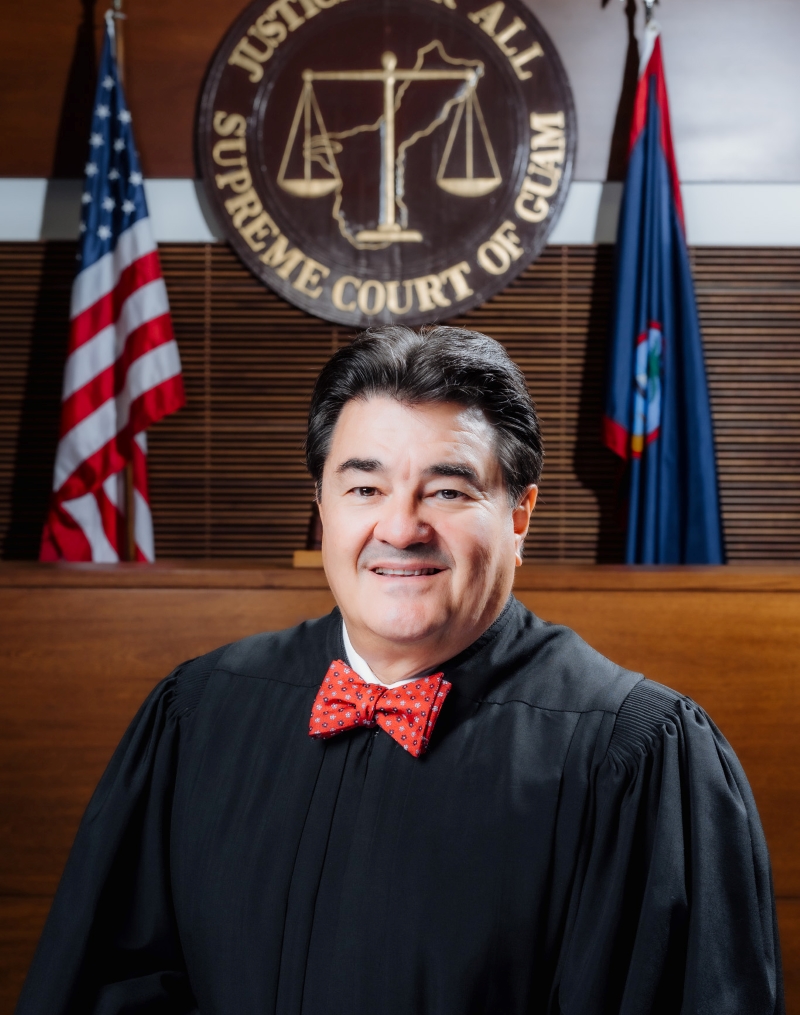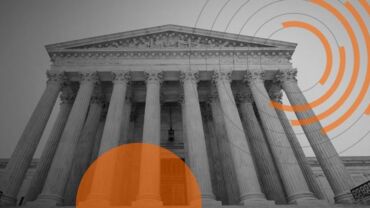Judge Robert J. Torres, the Chief Justice of the Supreme Court of Guam, is known for his enthusiasm for learning new technologies and his balanced approach to integrating AI within the legal system
The post is part of a limited series of blog posts and podcasts presented by the Thomson Reuters Institute, Revolutionizing Rights: AI and the Future of Legal Equality, that will provide perspectives on the use of AI in the legal sphere
To understand Hon. Judge Robert J. Torres, the Chief Justice of the Supreme Court of Guam, is to appreciate the pride he takes in his enduring 45-year marriage to Guam Senator Mary Camacho Torres. Together, they have three children and 11 grandchildren. This large family keeps Judge Torres youthful and enthusiastic about learning new technologies, and he enjoys spending time at the dinner table with them, experimenting with prompts on generative artificial intelligence (GenAI) platforms.
The gleam in his eye when he talks about his family mirrors the enthusiasm he displays when discussing Guam and its legal framework. He envisions a promising future as the judiciary progresses to more effectively serve the community. In many ways, his constituents appear to be an extension of the family he holds dear. And serving his constituents as a judicial official requires a delicate balance.
Getting to know AI
Judge Torres finds ways to get acquainted with AI through family games and discussions, but he knows that this has much larger implications. “GenAI has quickly gained recognition, with automation of legal research, simplifying court forms, processes, and generally helping the self-represented,” he says. “It is changing already the way users are communicating with the courts and interacting with the courts. We’re seeing it also change in the way lawyers are preparing and using advanced research, using advanced drafting tools, and getting more information.”
Indeed, Judge Torres’ perspective aligns with views of the majority of government employees surveyed in Thomson Reuters’ recent 2024 Future of Professionals Report. “I see substantial benefits in using generative AI,” he says. “It is indeed a positive force, but it requires certain conditions and proper safeguards.” Judge Torres offers a nuanced view on adopting AI within the judicial system, but acknowledges several clear advantages, such as its ability to provide realistic case assessments and potentially speed up the resolution of straightforward matters, like traffic infractions.

As one of the judges responsible for improving citizens’ access to justice, Judge Torres says he feels “we need to have more scrutiny around the processes surrounding data generation, and then [the need for] a human in the loop — because you need human supervision to avoid the hallucinations.” Judge Torres also explains that the need for caution, as well as an eye toward ethical concerns, the environmental impact of AI, and the importance of human oversight are paramount.
Grasping the authentication of documents is also a crucial element in the judicial process. “As a judge, it’s essential to comprehend the challenges posed by AI,” Judge Torres explains. “Recognizing its limitations and ethical considerations can help you be more prepared for the inquiries you’ll need to make when generative AI is presented to you.”
Still work to be done
A look into the final adjudication process shows there is still work to be done. “I think that there’s value to the use of AI in the adjudication and arbitration process. It might be able to help with online adjudication for traffic cases, reducing delays, ensuring timely justice for that,” he continues. “AI can also give these people more realistic views, sometimes of what their case might be worth, and give them information about people in similar situations generally.”
Judge Torres warns that those courts that fail to explore AI’s potential may risk losing public trust, yet using AI without thorough questioning can equally erode their confidence. The duty of competence for both lawyers and judges to understand AI’s benefits and risks, underscoring the need for a basic proficiency to navigate the evolving legal landscape responsibly, is critical, he adds.
Just as courts have a responsibility to understand GenAI, legal practitioners have a similar duty. “For both lawyers and judges, there’s a duty of competence, and that doesn’t mean you have to become a data analyst, but you must stay informed about changes in the law and its practice, including the benefits and risks of technology.,” Judge Torres explains. “The most important aspect of the proficiency lawyers and judges must maintain is having a basic understanding of the technology. They need to know how AI can assist them, how it can mitigate associated risks, and how biased data can lead to biased outcomes.”
Today, Judge Robert Torres stands at the forefront of a judicial revolution, one that harmonizes tradition with the transformative power of AI-driven technology. His balanced approach to the integration of AI within the legal system reflects a profound understanding of both its potential and its pitfalls. By advocating for responsible use, ethical scrutiny, and unwavering human oversight, Judge Torres ensures that advancements serve justice without compromising integrity.
His leadership in this area not only propels the judiciary into the future but also fortifies public trust in an era of rapid change. As we navigate this evolving landscape, the insights and commitment of legal pioneers like Judge Torres will undoubtedly guide us towards a more efficient, equitable, and transparent administration of justice.
You can hear more insights from Judge Robert J. Torres on a special edition of the Thomson Reuters Institute Insight podcast, on Spotify







